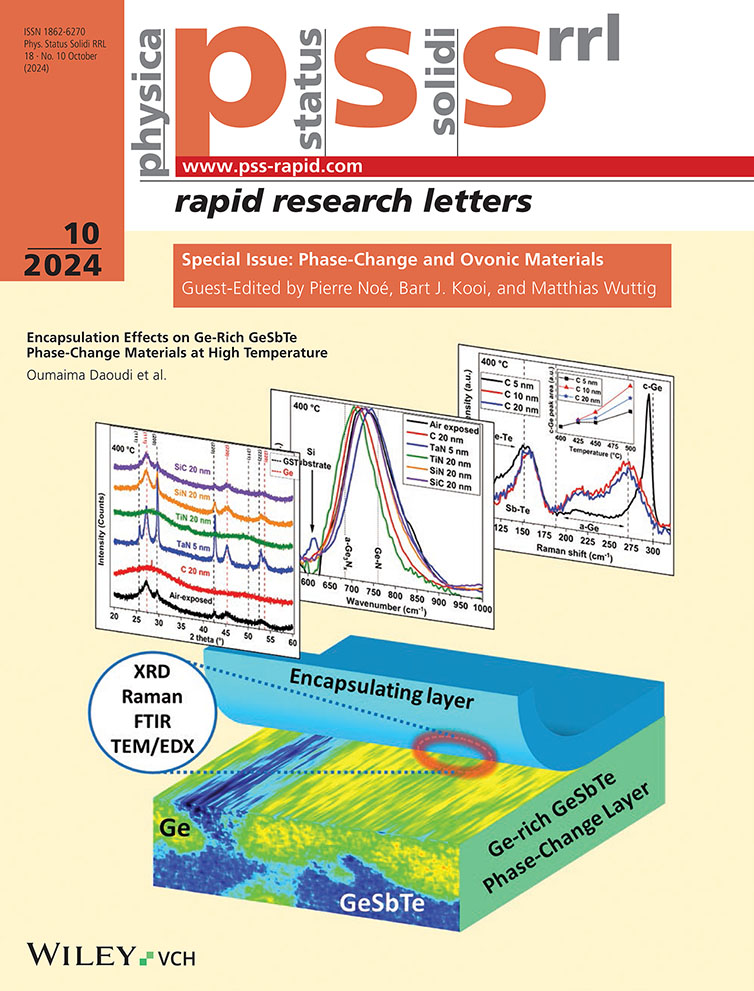Investigating the Polarity Dependence of Multilevel Cell Operation in Conventional Mushroom Phase-Change Memory Cells
Abstract
Phase-change materials have long been employed for rewriteable optical data storage at the industrial scale and are hailed as one of the most mature technologies for their applications in emerging nonvolatile memories. Memristors based on these materials have the potential to circumvent the long-standing von Neumann bottleneck and offer significant computational advantage through neuromorphic computing. A very core fundamental concept that lies at the crux for such realization is their ability to offer multilevel cell (MLC) storage, in contrast to the binary counterpart. Yet, numerous challenges still remain to be tackled for their successful implementation in this regard. This work is a finite element analysis that particularly reports the polarity dependence of such MLC operation in the conventional mushroom geometry of devices employing this technology. The mechanism lying underneath is discussed and a perspective combining thermoelectric effects with the energy band diagrams resulting from metal–semiconductor contact formation is additionally put forth.
Conflict of Interest
The authors declare no conflict of interest.
Open Research
Data Availability Statement
The data that support the findings of this study are available from the corresponding author upon reasonable request.




